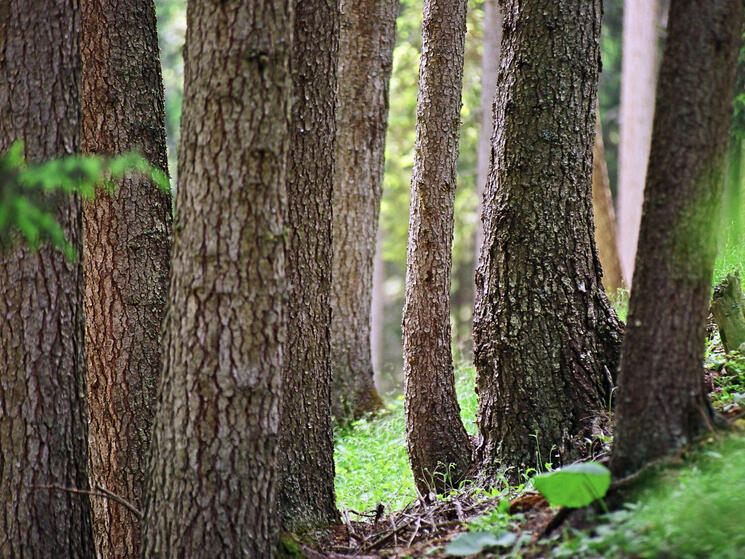
How Companies Are Crossing the Chasm to Mainstream Sustainability
- Date: 25 October 2017
- Author: Chris McLaren, Chief Marketing Officer, Forest Stewardship Council-US
Consumers increasingly want to buy from brands that are environmentally responsible - and many forward-thinking companies have responded by embracing sustainability. However, there remains a disparity between the extensiveness of brands’ sustainability pursuits and the extent to which they share their journey with consumers.
There is abundant research showing consumer support for sustainability and corporate social responsibility (CSR). For example, consulting firm Roland Berger recently found that 75 percent of consumers take sustainability into account when making purchases, noting that, “for millennials, CSR is the new religion.”
Meanwhile the corporate adoption path is becoming increasingly well-worn. Goals are set, considering corporate culture and values; plans are made and executed internally across sourcing, energy, water and waste, then across the supply chain; progress reports are issued. However, while such reporting is geared toward investors, as well as business and environmental media, it almost never targets customers, and this is increasingly becoming a barrier to progress.
Yes, there are challenges. Touting new sustainable products can inadvertently shine a light on one’s other “less sustainable” offerings. Sustainability may not always be an easily prioritized message. And it can raise consumer expectations, risking a disconnect if supply chains shift.
Rather than an argument for silence, these challenges speak to the need to be strategic about consumer engagement – because today’s consumers have made it clear that they increasingly want to hear how and why brands are making progress. And, as noted in the United Nations’ Sustainable Development Goals, if we are to have any hope of fully tackling the challenges facing our planet, brands need to help in changing consumer behavior.
Consider forest products. We know forests are critical to life on earth: They store carbon, maintain water quality and protect soil from erosion. Forests also contain more biological diversity than any other habitat.
Yet right now, trade in illegal forest products is as much as $100 billion each year, according to Interpol. And much legal forest management around the world – including here in the US – permits forest degradation. Without stronger efforts to inform consumer behavior, purchasing choices will tend toward the status quo - and opportunities for brands to create stronger relationships with customers will go unrealized.
The good news is that some companies are showing the way forward, though more consumer outreach is needed.
In June of this year, Kimberly-Clark – owner of iconic brands such as Kleenex, Scott, Viva and Cottonelle – launched a three-year campaign with World Wildlife Fund (WWF) to promote the importance of choosing products from responsibly-managed forests. Known as “Heart Your Planet,” the campaign goal is to “drive more awareness among consumers of the importance of choosing responsibly-sourced tissue products by looking for FSC certification,” according to Jay Gottlieb, president of Family Care for Kimberly-Clark North America.
In another example, McDonald’s has transitioned all of its US stores to FSC-certified and -labeled hot cups, as part of its 2020 goal to source all of its fiber-based packaging from recycled or certified responsibly managed forests where no deforestation occurs. This massive undertaking has put the fast food chain out front in its category.
Giving already-aware consumers a chance to make a difference through purchases is valuable, but the next step – the next sustainability frontier – is to do more to effectively educate consumers, bringing them along on the journey. Research shows that 9 out of 10 consumers who know the FSC story are more likely to purchase an FSC-labeled product – so the key to maximizing impact is to pair the FSC label with content that explains its significance, and ideally, its context in a brand’s overall sustainability story. This is how a virtuous cycle can be created that drives value for customers, companies and our planet.
By changing the long-held paradigm that assumes a tradeoff between financial and environmental performance, we can bring the consumer along in understanding that sustainability is driven by the same sound-business, customer-first mentality that made brands great in the first place. For me, that is today’s greatest opportunity.